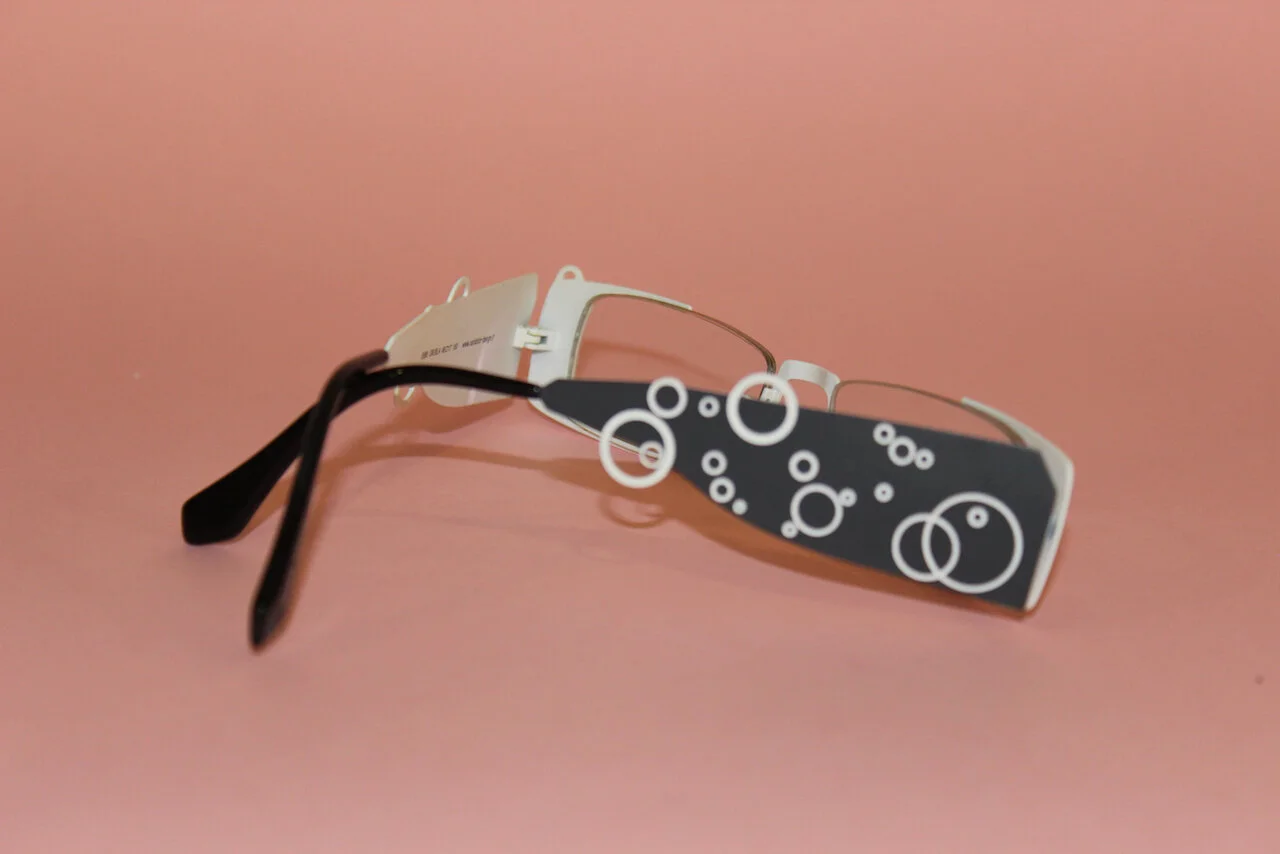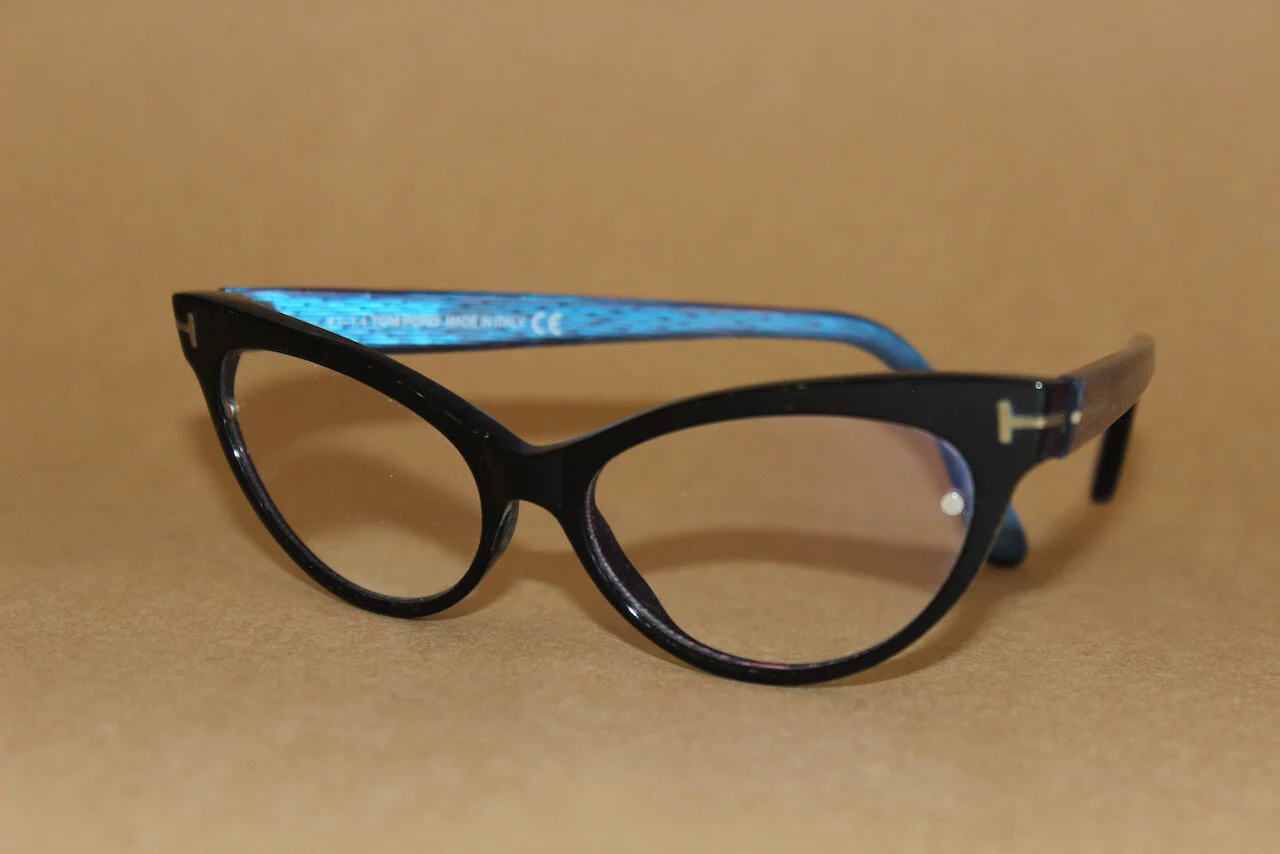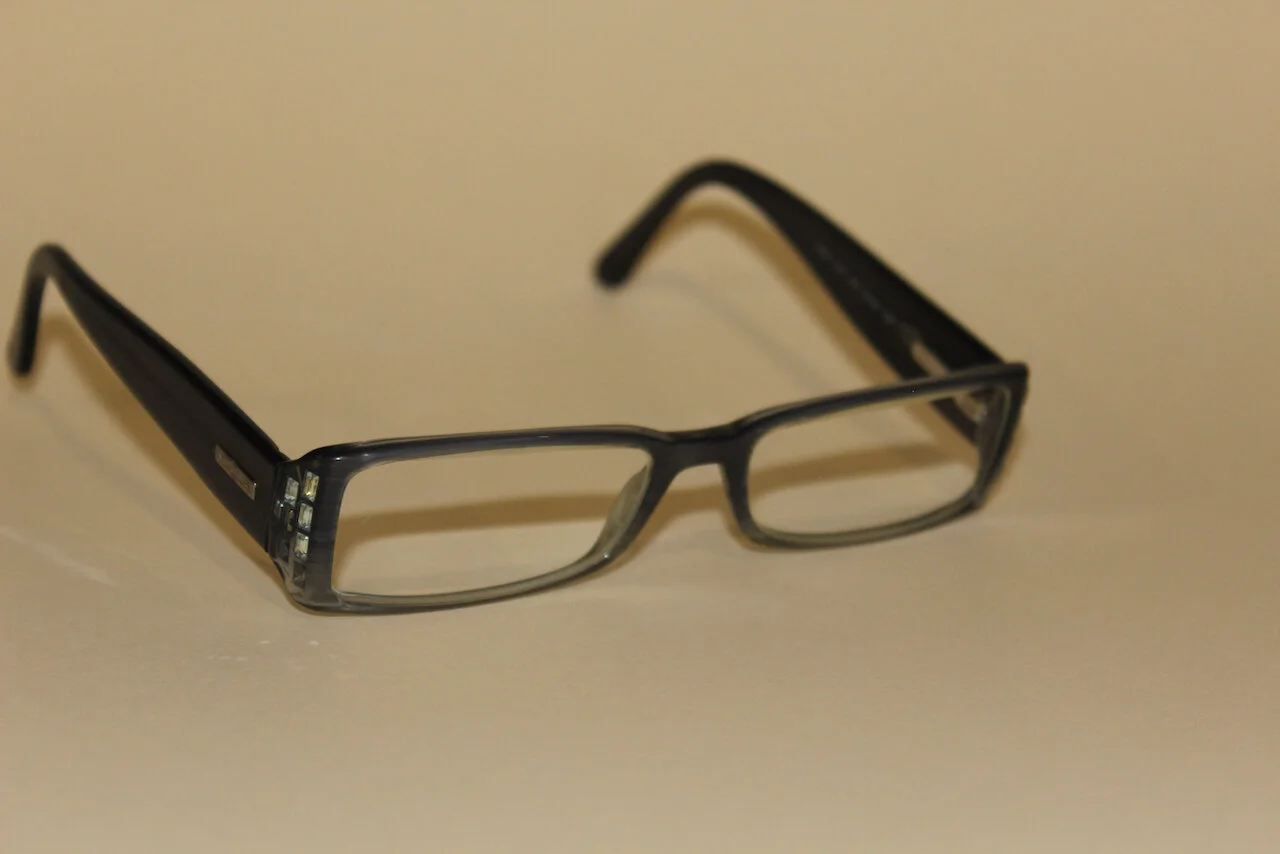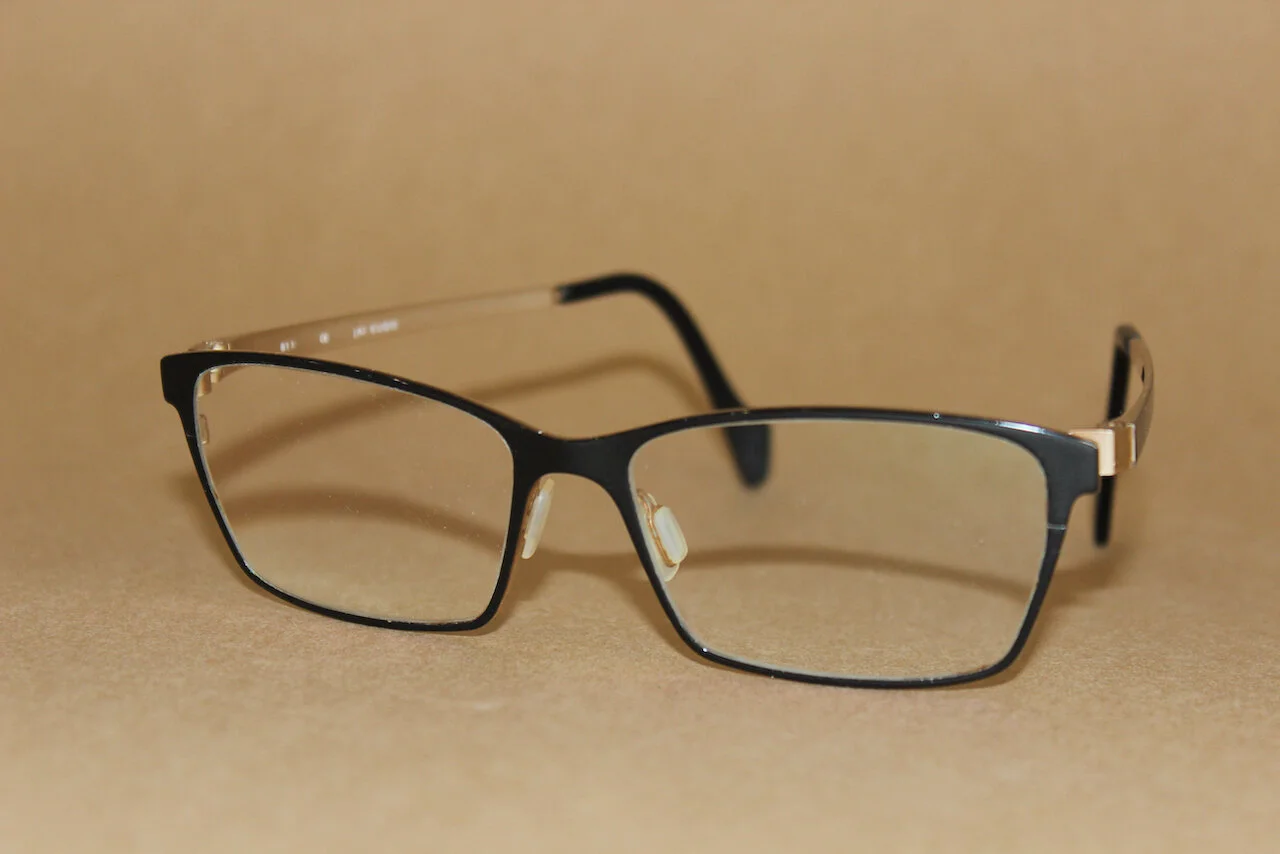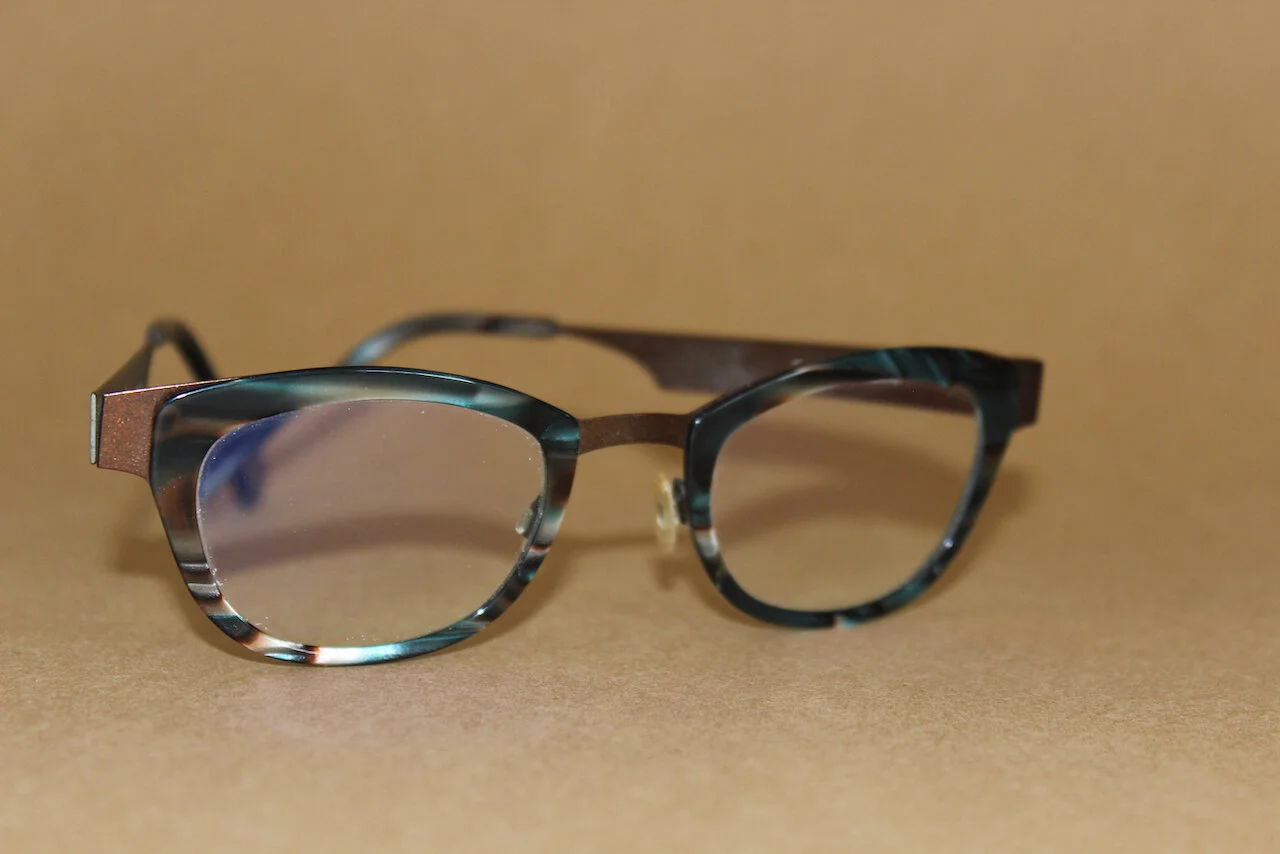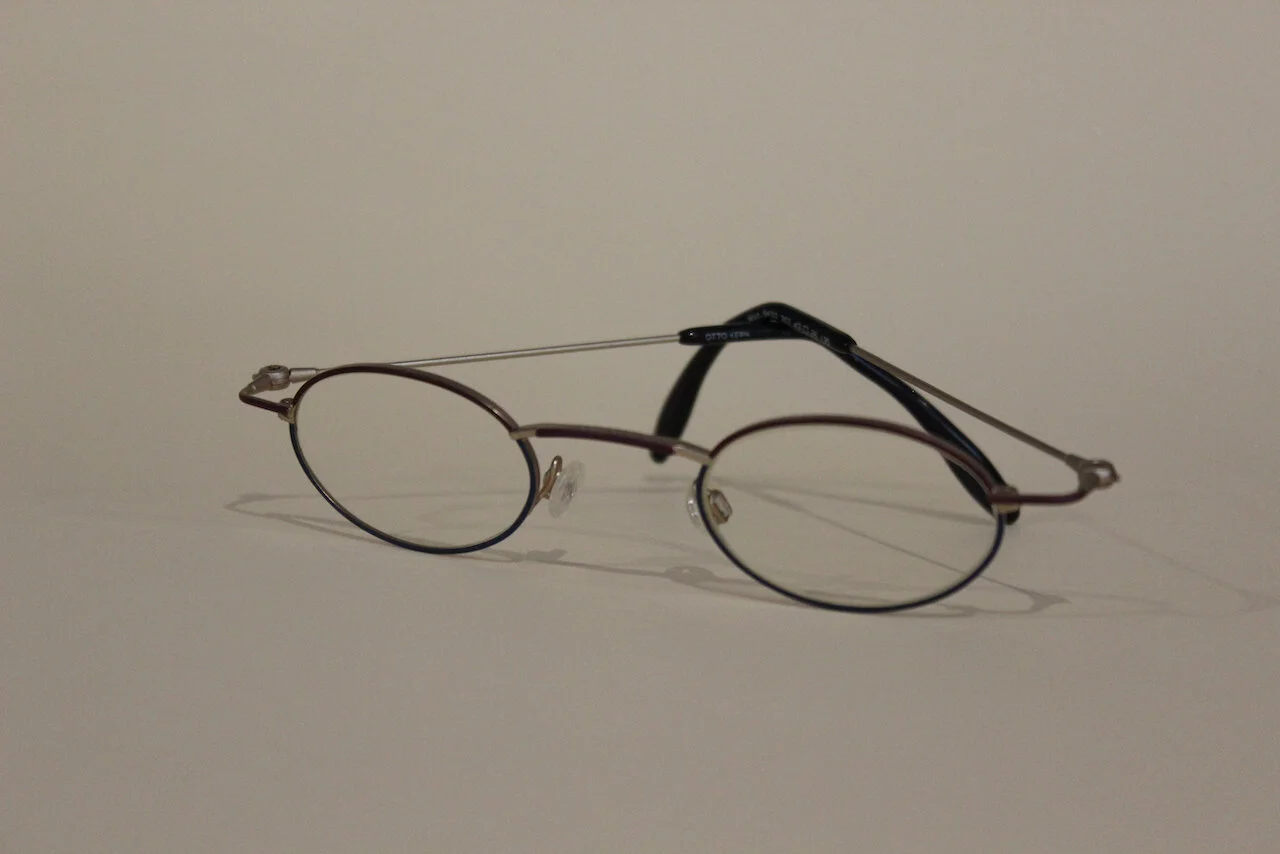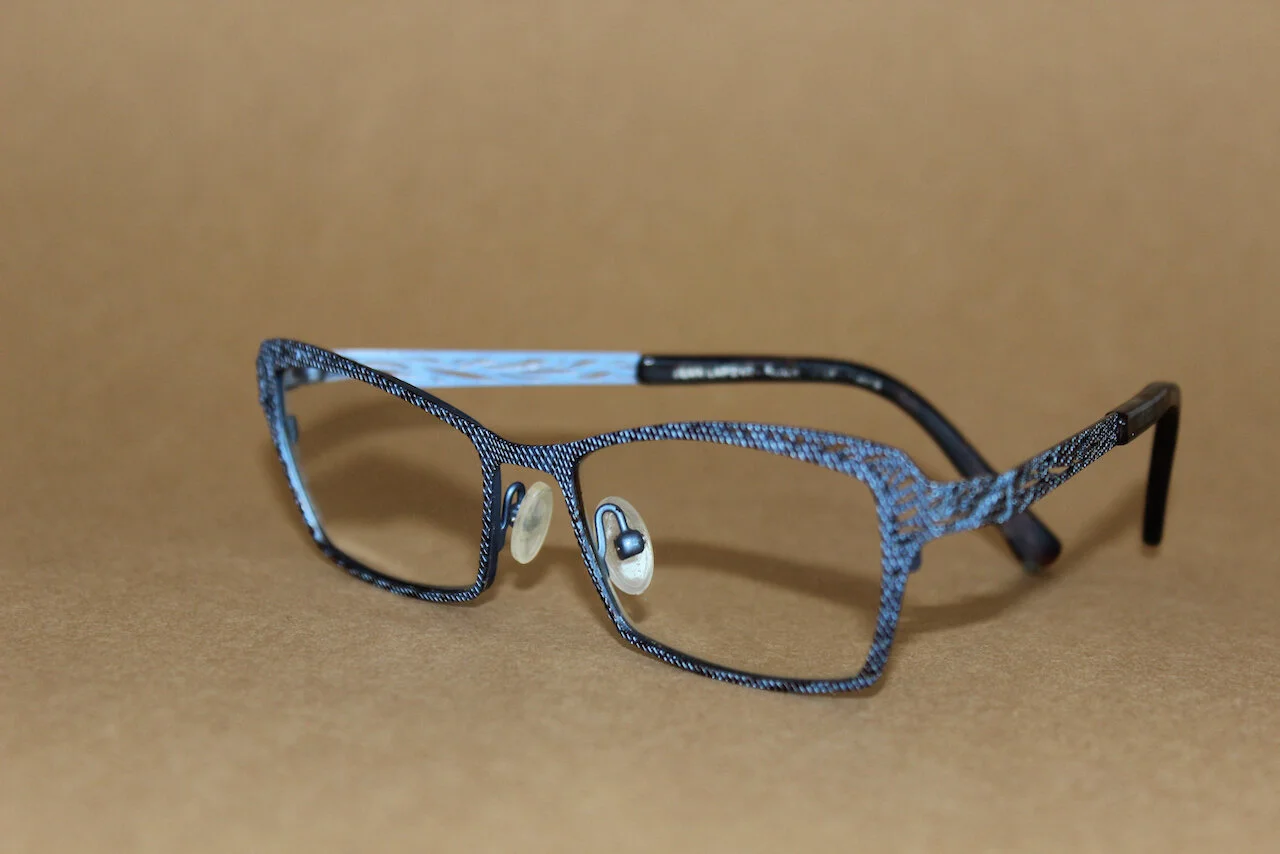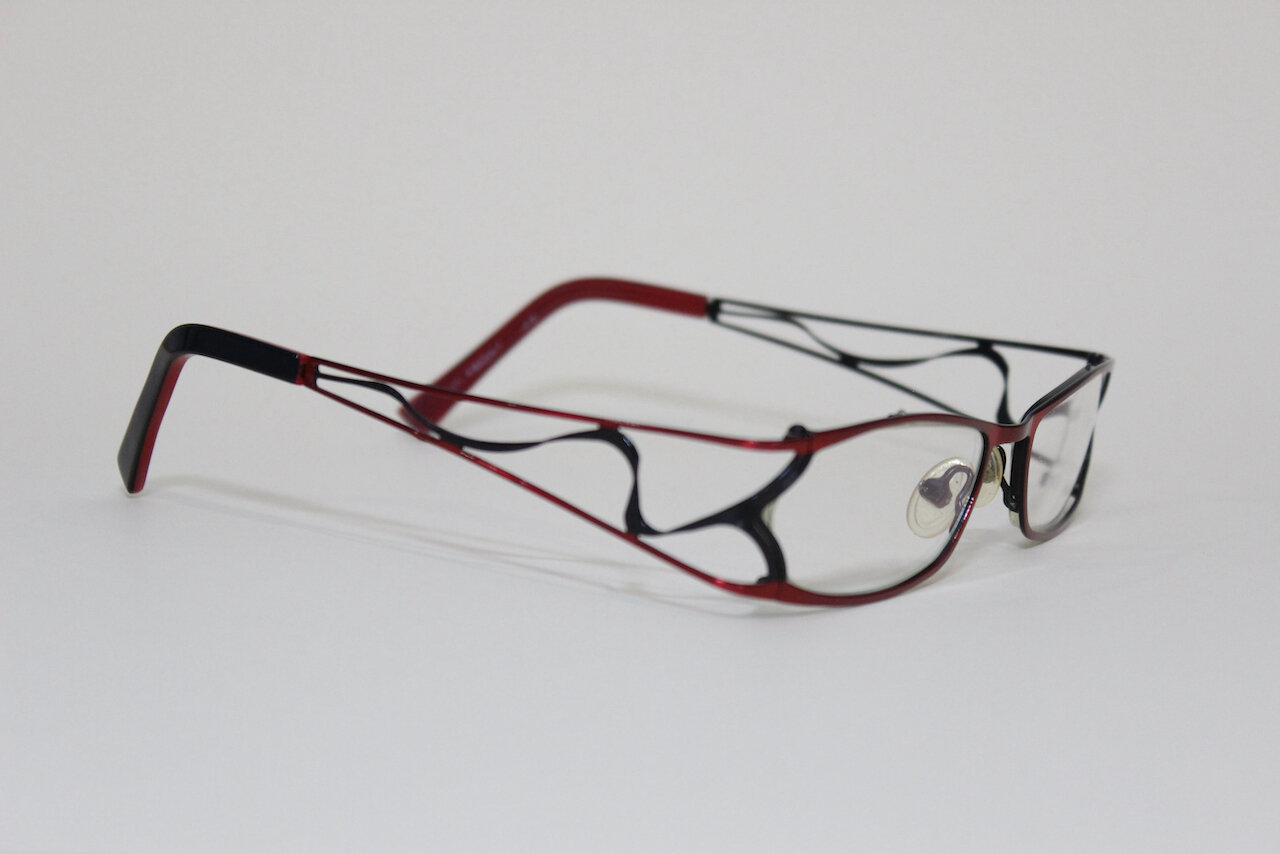A recent study is a reminder about avoiding water in contact lens care. The study, at the University of New South Wales School of Optometry and Vision Sciences, showed using a simply sticker “No Water” infographic on contact lens cases was a useful tool to remind people of the dangers of exposing contact lenses to water.
It is well known that water exposure is associated with contact lens eye disease (including microbial keratitis and sterile corneal infiltrates). Despite this, water contact is common! Wearers handle contact lenses with wet hands, shower and swim in contact lenses, or use water to rinse their lenses and/or storage cases.
The study, by Memoona Arshad, Dr Nicole Carnt, Dr Jacqueline Tan and Professor Fiona Stapleton, examined whether a visual reminder on storage cases as a prompt to avoid water could change behaviour.
Two hundred daily lens wearers were randomised to either receive a storage case with or without a ‘no-water’ sticker. Both groups also received written information on how to look after contact lenses. At the start and after six weeks, participants completed a self-administered lens hygiene questionnaire.
There was also microbial analysis of used storage cases, collected at both study visits. Analysis showed the change in water-contact behaviour resulted in less storage case contamination over time.
Of the 200 participants, the researchers found that after six weeks, endotoxin levels reduced significantly in the test group (compared with the control group). Additionally, they found that ‘nowater’ lens case stickers improved overall water contact behaviours.
So a simple reminder of what to do, or not do can bring results.
The study result has been picked up at the International Standards Organisation (ISO). They commented , “this is an exciting development, as this simple and cost effective intervention can improve behaviour and lower water bourne case contaminants.”
The concept was devised by a patient with a severe eye infection, and has potential to save vision through a safety message.
The hope is that it becomes a standard printed warning on contact lens paraphernalia.












